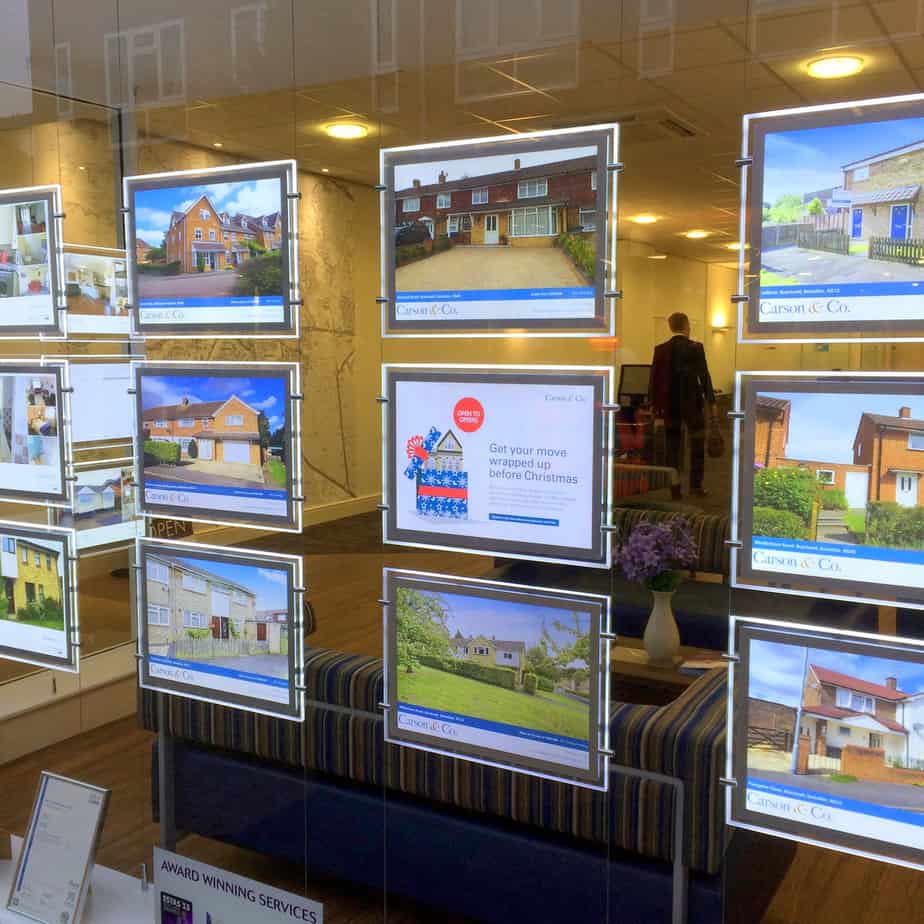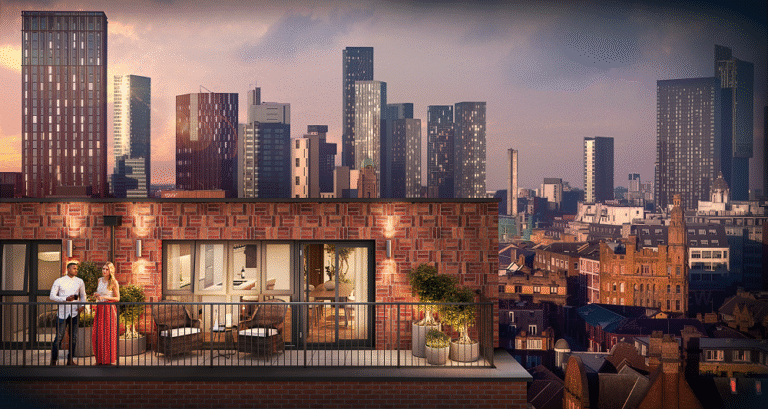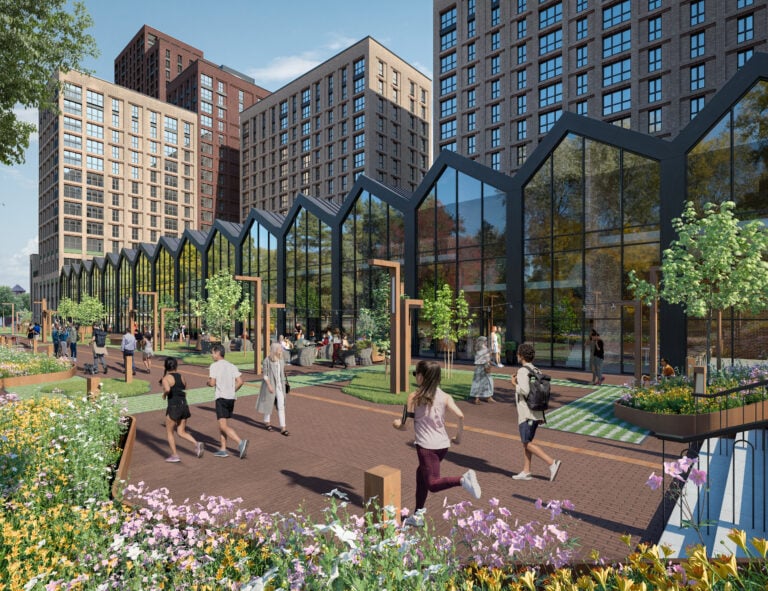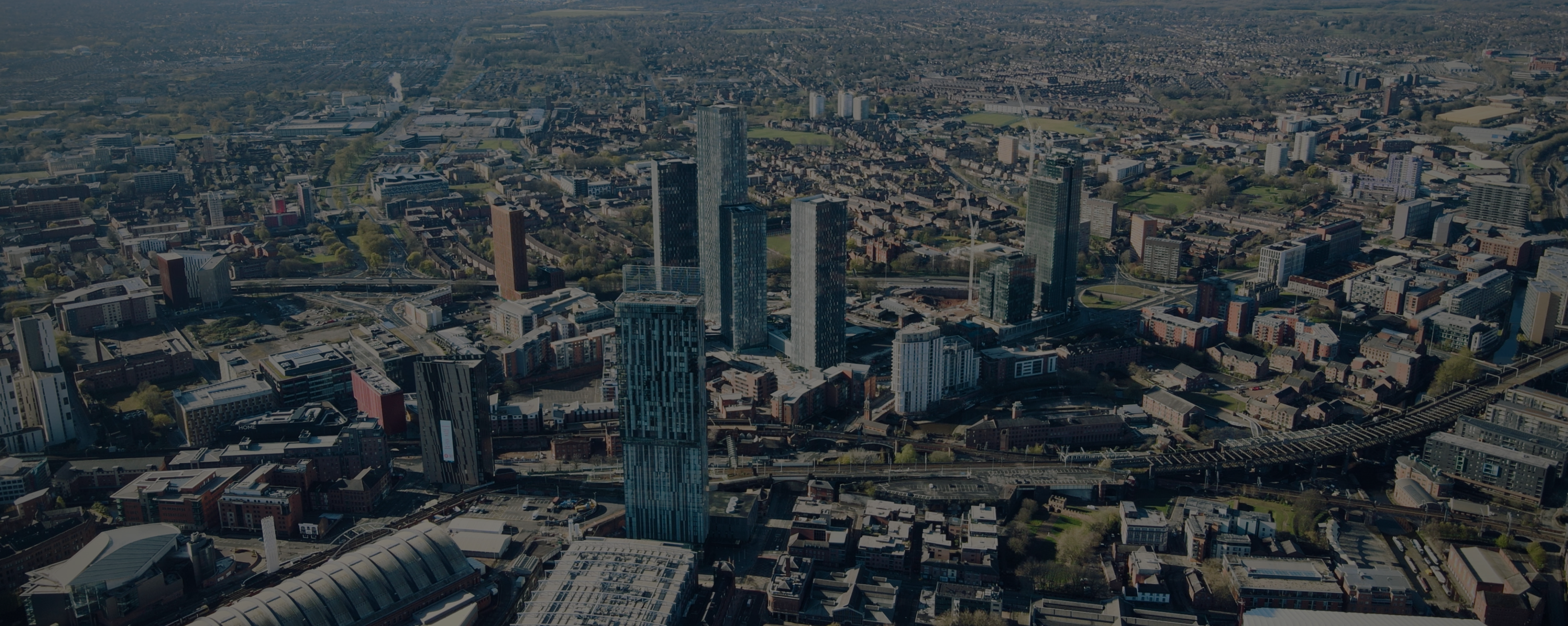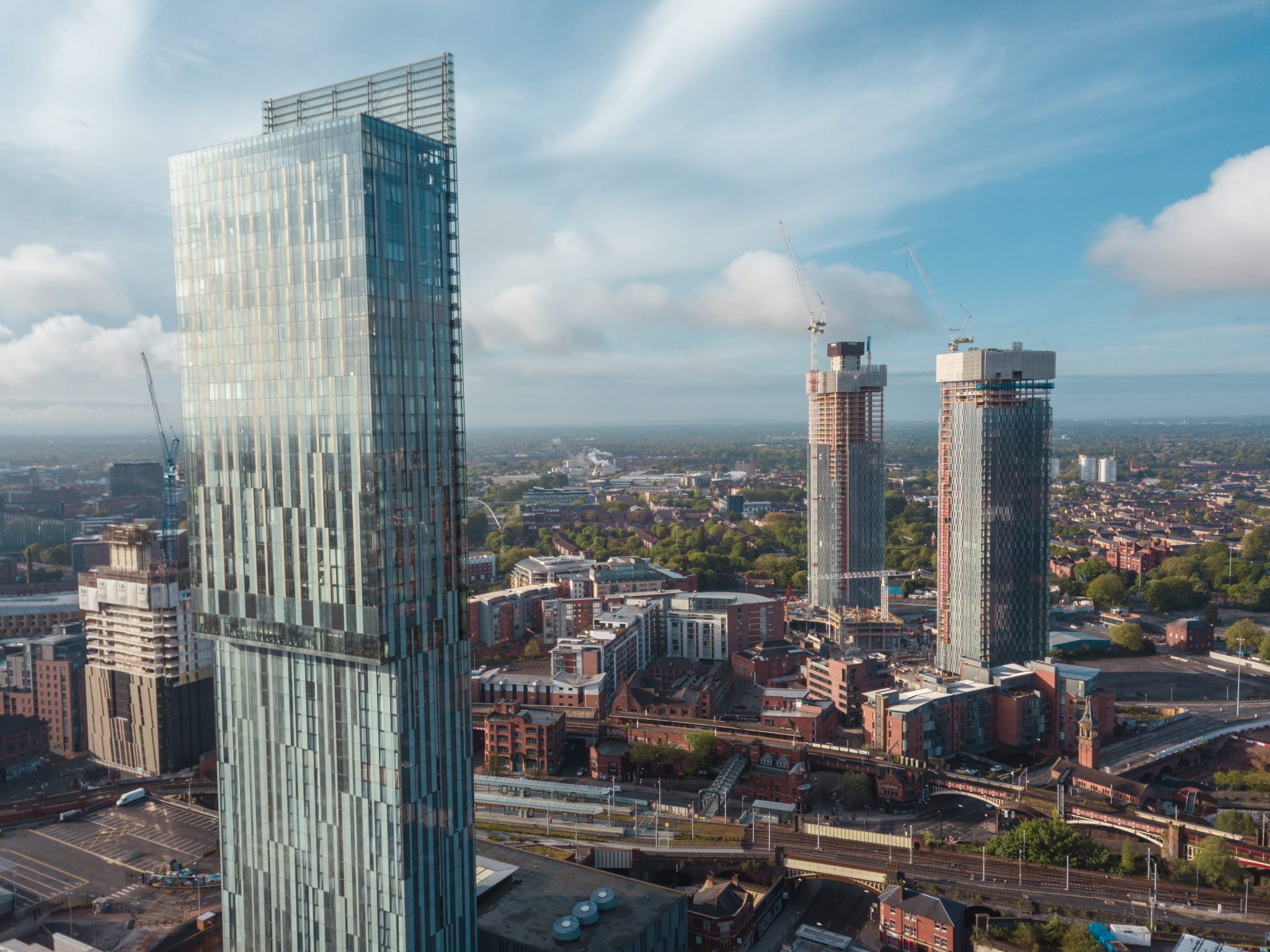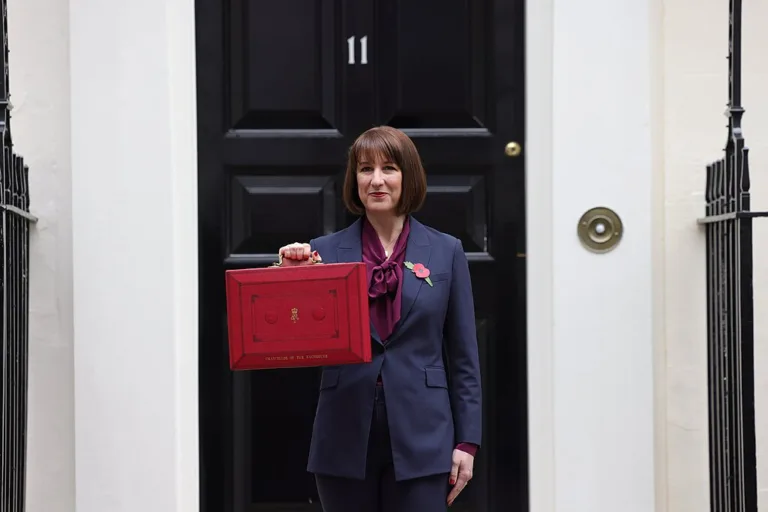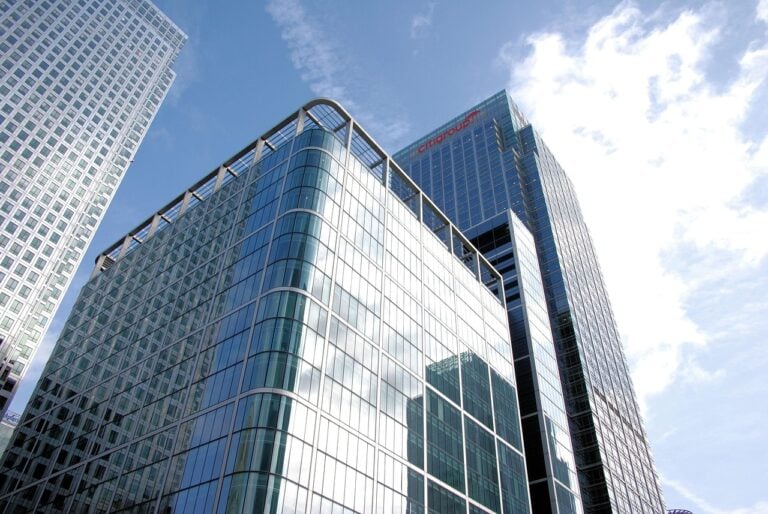Budget uncertainty has dampened the usual October bounce this year, with asking prices rising just 0.3% as speculation over property tax changes holds back the market. At the same time, property choice has reached its highest level in a decade, according to Rightmove’s latest asking price index.
The data shows the average asking prices rose just 0.3% in September to £371,422 – well short of the typical 1.1% increase seen at this time of year. It also points to a market that, although it remains resilient in many areas, is clearly being held back by speculation over property tax changes in Rachel Reeves’ Budget on 26th November.
North-south divide widens
London and southern England are feeling the impact most acutely, with the capital’s asking prices down 1.4% year-on-year and all four southern regions showing lower prices than this time last year.
In contrast, Scotland, Wales and the rest of England have all recorded annual asking price growth of at least 1%. Cities in the North and the Midlands – such as Manchester, Leeds, Liverpool, Birmingham, Nottingham and Stockport – are all faring far better, with lower entry prices that largely avoid the stamp duty increases that affect the south.
The South of England, though, is facing a combination of challenges: higher stamp duty rates introduced in April, increased supply, cooling international buyer interest and concerns over property tax changes.
Colleen Babcock (pictured), property expert at Rightmove, says: “Speculation that the Budget may increase the cost of buying or owning a property at the higher end of the market has given some movers, particularly in the south of England, a reason to wait and see what’s announced.”
Year-to-date figures remain positive
Whilst activity has softened compared to last year, when the first Bank Rate cut in four years boosted sentiment, year-to-date figures show the market’s fundamentals remain strong. New buyer demand is up 2% compared with 2024, whilst both sales agreed and new properties coming onto the market are 5% higher than the first nine months of last year.
The decade-high level of available property does mean, though, that sellers need to price competitively from the outset, with Rightmove’s research showing properties receiving an enquiry on their first day of marketing are 22% more likely to secure a buyer than those taking over two weeks to generate interest.
The portal’s HPI report also notes that mortgage conditions are continuing to improve and that average rates, particularly for two-year fixed products, remain lower than a year ago.
Matt Smith, Rightmove’s mortgage expert, says: “The cost of financing mortgages has come down again, so we’re likely to start seeing some very gradual drops in average rates soon. Combined with flat house prices and improved lending criteria, many home-movers may find their affordability significantly improved compared with last year.”
Market awaits clarity
The modest October rise means annual growth nationally has dropped to -0.1%. and Nathan Emerson (pictured), CEO at estate agency body, Propertymark, confirms the market’s price sensitivity. His member agents are reporting that committed buyers and sellers “are having to act decisively and price competitively to achieve results”.
He adds that “affordability challenges, high property choice, and the impact of recent stamp duty changes are clearly weighing on the confidence of buyers and sellers alike, particularly in the South of England.”
And he is urging the government to use “the upcoming Budget to deliver meaningful support for the sector, including a full review of stamp duty, to help unlock movement across all parts of the market.”
Until then, the market is likely to remain in its holding pattern, with serious movers needing to price realistically to cut through the elevated levels of choice facing buyers.
